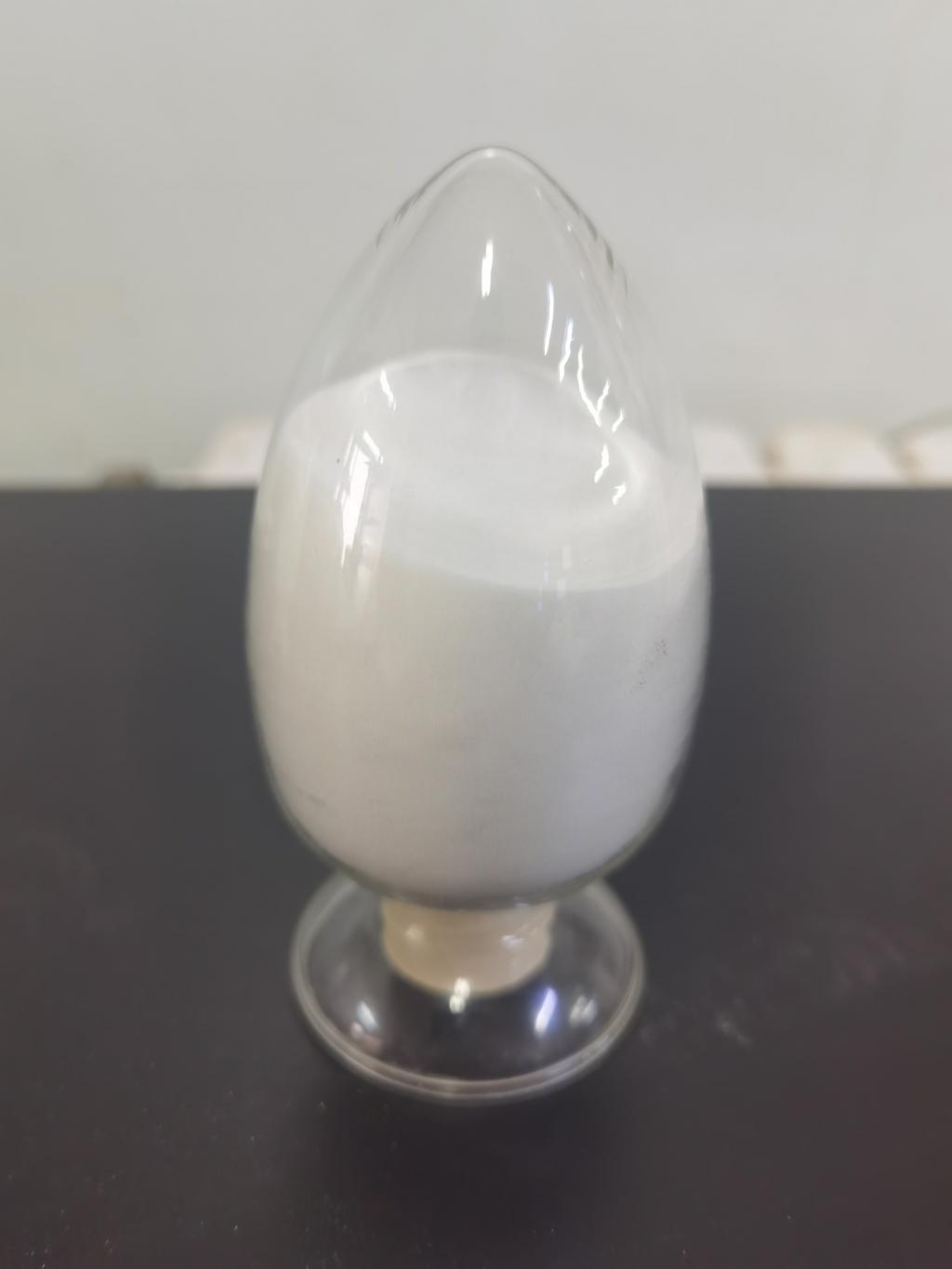Tel:+8618231198596

News
 CONTACT
CONTACT
 CONTACT
CONTACT
- Linkman:Linda Yao
- Tel: +8618231198596
- Email:linda.yao@dcpharma.cn
- Linkman:CHARLES.WANG
- Department:Overseas
- Tel: 0086 0311-85537378 0086 0311-85539701
News
Can ε-Polylysine hydrochloride be used to preserve perishable goods?
TIME:2023-05-31
Factors Affecting Perishable Goods During Transportation and Storage:
Perishable goods, such as fruits, vegetables, seafood, and dairy products, are susceptible to spoilage and microbial growth during transportation and storage. Several factors contribute to their deterioration, including temperature fluctuations, humidity, microbial contamination, and enzymatic reactions. Effective preservation methods are needed to mitigate these factors and prolong the shelf life of perishable goods.
The Role of ε-Polylysine Hydrochloride in Preservation:
Antimicrobial Activity:
ε-Polylysine hydrochloride exhibits potent antimicrobial activity against a wide range of microorganisms. It inhibits the growth and proliferation of bacteria, yeasts, and molds, thus reducing the risk of spoilage and microbial contamination during transportation and storage.
Extended Shelf Life:
By inhibiting microbial growth, ε-polylysine hydrochloride can significantly extend the shelf life of perishable goods. It helps to maintain their freshness, quality, and sensory attributes, reducing the risk of spoilage and waste.
Preserving Nutritional Quality:
Perishable goods often undergo nutrient degradation during transportation and storage. ε-Polylysine hydrochloride can help preserve the nutritional quality of these goods by inhibiting enzymatic reactions that lead to nutrient loss.
Applications of ε-Polylysine Hydrochloride in Preservation:
Fruits and Vegetables:
Fruits and vegetables are prone to microbial spoilage and enzymatic browning. Treating them with ε-polylysine hydrochloride can effectively inhibit microbial growth, reduce enzymatic browning, and maintain their freshness and quality during transportation and storage.
Seafood:
Seafood is highly perishable due to its high water content and susceptibility to microbial contamination. ε-Polylysine hydrochloride can be used to inhibit the growth of spoilage bacteria and pathogens, thereby extending the shelf life and ensuring the safety of seafood products.
Dairy Products:
Dairy products, including milk, cheese, and yogurt, are susceptible to spoilage by bacteria and yeasts. ε-Polylysine hydrochloride can be incorporated into dairy products to inhibit microbial growth, improve their shelf life, and maintain their sensory characteristics.
Considerations for Effective Utilization:
Application Methods:
The effectiveness of ε-polylysine hydrochloride in preserving perishable goods can vary depending on the application method. Spraying, dipping, or incorporating it into packaging materials are common approaches. The selection of the appropriate application method should consider the characteristics of the specific perishable goods and the desired level of antimicrobial protection.
Regulatory Considerations:
Regulatory requirements for using ε-polylysine hydrochloride in food preservation may vary across regions. It is essential to comply with local regulations and obtain necessary approvals before utilizing ε-polylysine hydrochloride as a preservative.
Compatibility with Other Preservation Methods:
ε-Polylysine hydrochloride can complement and enhance the efficacy of other preservation methods, such as refrigeration, modified atmosphere packaging, and high-pressure processing. The combination of multiple preservation techniques may provide synergistic effects, improving overall preservation outcomes.
Conclusion:
ε-Polylysine hydrochloride shows great potential as a natural antimicrobial agent for preserving perishable goods during transportation and storage. Its antimicrobial activity, ability to extend shelf life, and capacity to preserve nutritional quality make it an attractive option. By incorporating ε-polylysine hydrochloride into preservation strategies, the freshness, quality, and safety of perishable goods can be enhanced, reducing waste and improving overall sustainability in the food supply chain. However, further research and practical application studies are needed to optimize the utilization of ε-polylysine hydrochloride in different perishable goods and to ensure regulatory compliance for its widespread adoption.
- Tel:+8618231198596
- Whatsapp:18231198596
- Chat With Skype







